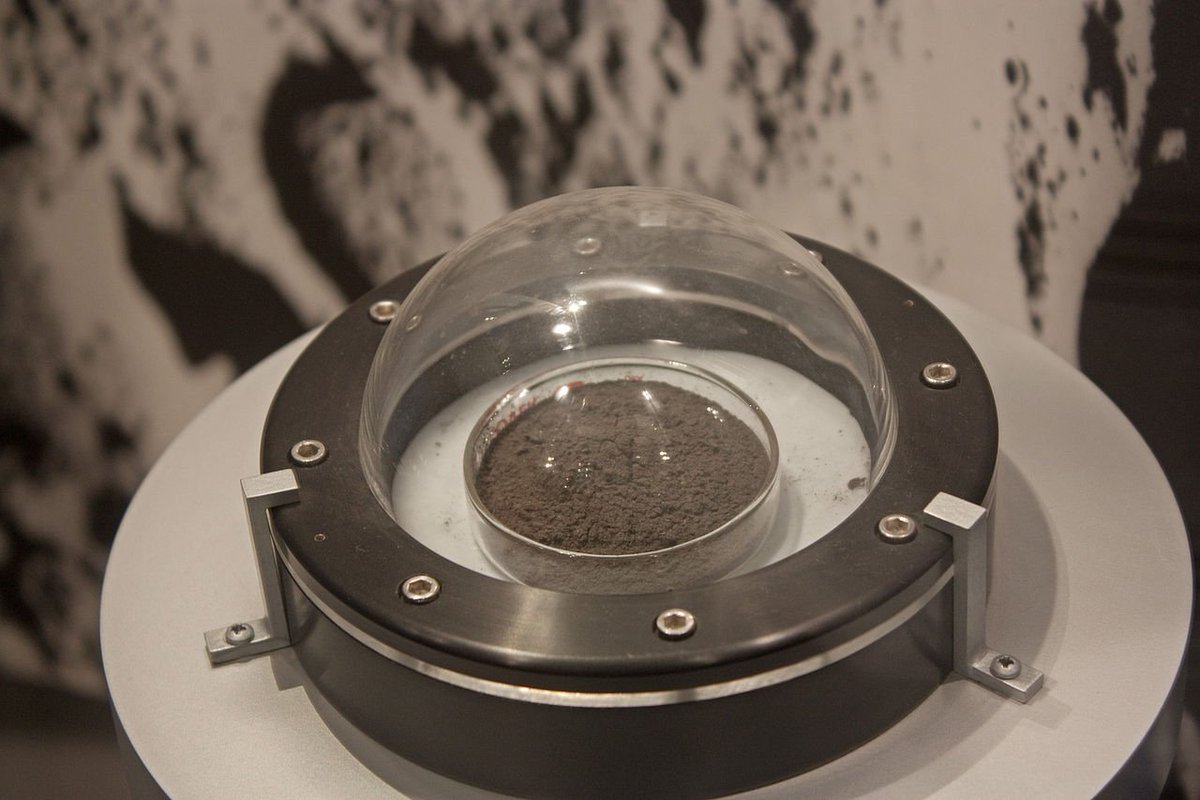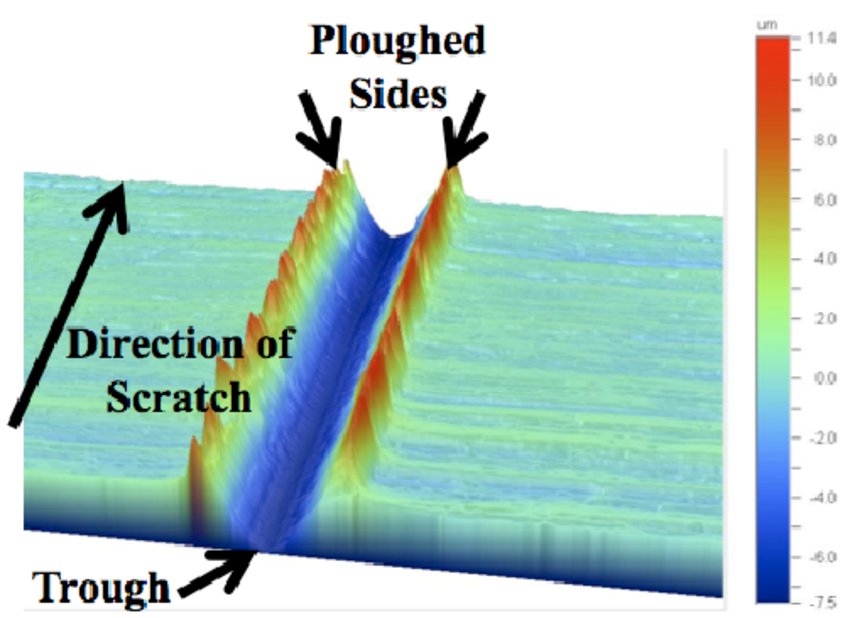How to get URL link on X (Twitter) App

 1) Star Wars:
1) Star Wars:




 This is for @That_Chemist and it is an overdue update to the @anderssandberg question that prompted my first attempt at this:
This is for @That_Chemist and it is an overdue update to the @anderssandberg question that prompted my first attempt at this:https://twitter.com/ToughSf/status/1290049294808965120


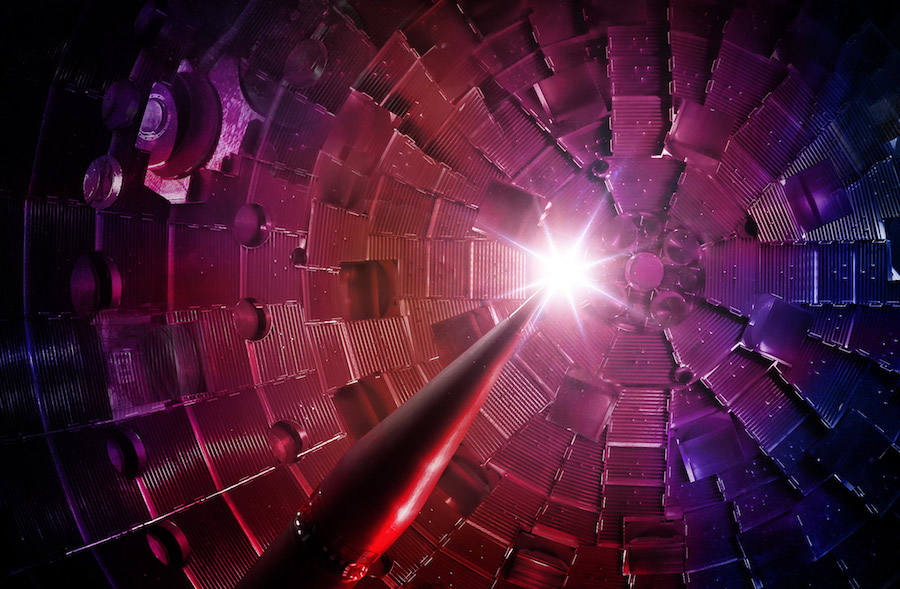
https://twitter.com/ToughSf/status/1428403511822258179
 In the previous record, the target absorbed 150 kJ of energy from a 1.8 MJ pulse. We don't know yet how much was absorbed in this attempt, but it could be 170 kJ.
In the previous record, the target absorbed 150 kJ of energy from a 1.8 MJ pulse. We don't know yet how much was absorbed in this attempt, but it could be 170 kJ. 

 Sholz's Star was a red dwarf star with 15% the mass of our Sun, accompanied by a small brown dwarf star. About 70,000 years ago, it came very close to our Solar System. I did a bit of maths to understand the consequences of this event.
Sholz's Star was a red dwarf star with 15% the mass of our Sun, accompanied by a small brown dwarf star. About 70,000 years ago, it came very close to our Solar System. I did a bit of maths to understand the consequences of this event. 


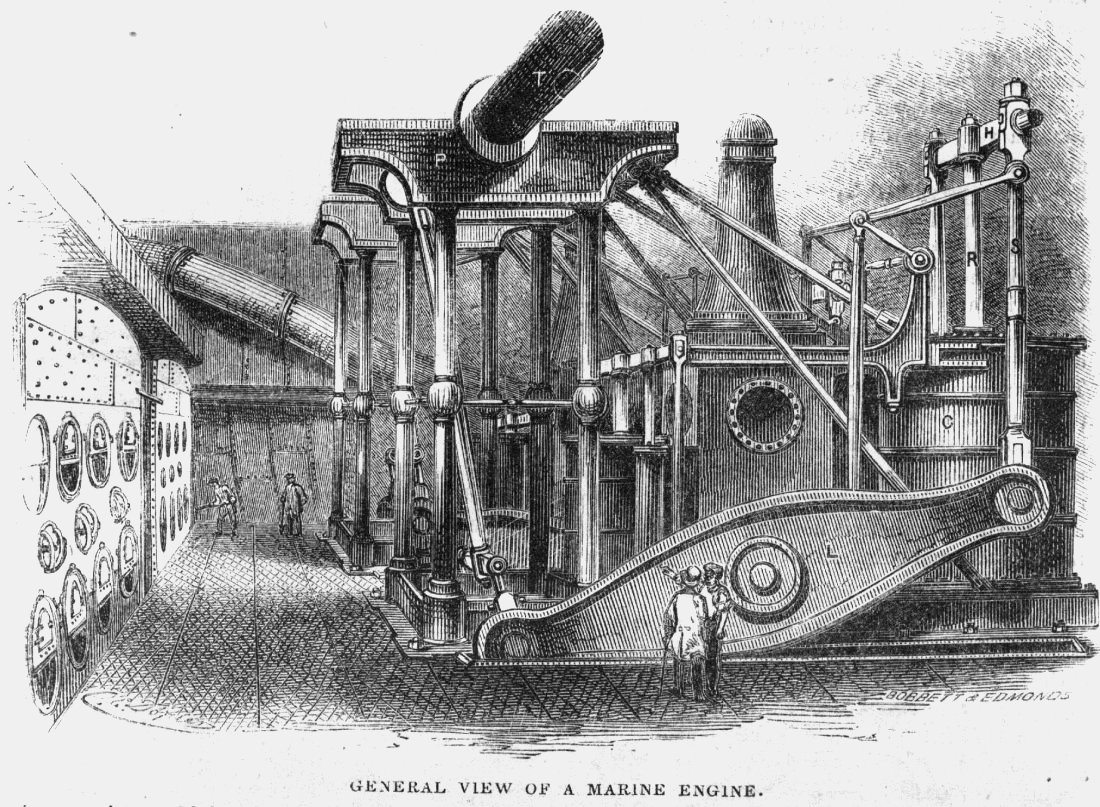 But think about how unlikely this is. In a short gap between 360 and 300 million years ago, plants evolved to harden themselves with lignin but fungi and bacteria had not yet learnt to digest it. Even then it was interrupted for 15 million years by the Permian extinction.
But think about how unlikely this is. In a short gap between 360 and 300 million years ago, plants evolved to harden themselves with lignin but fungi and bacteria had not yet learnt to digest it. Even then it was interrupted for 15 million years by the Permian extinction. 
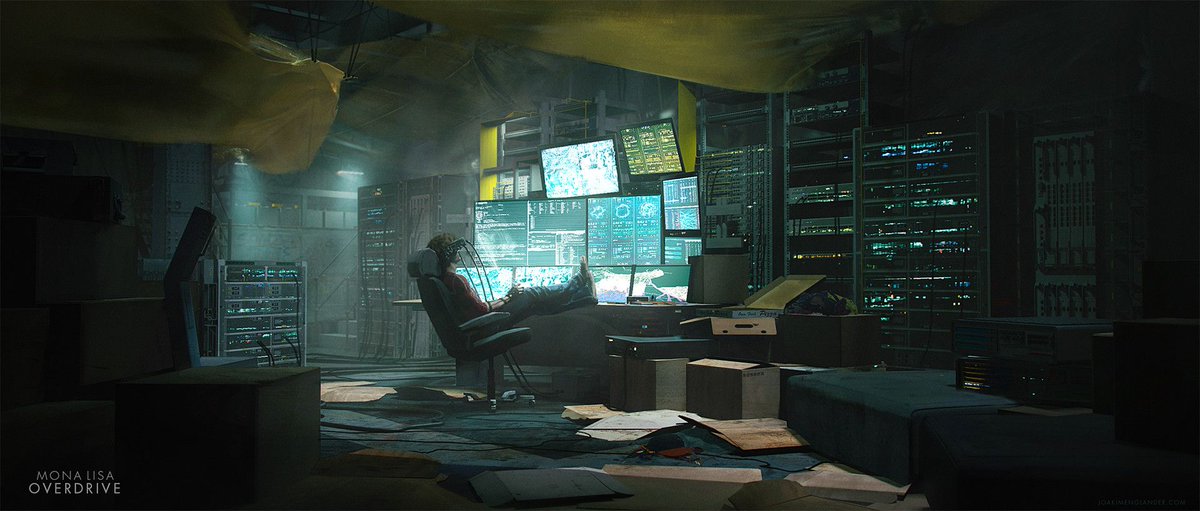
 Art by Joakim Englander : artstation.com/artwork/g1AwZ
Art by Joakim Englander : artstation.com/artwork/g1AwZ
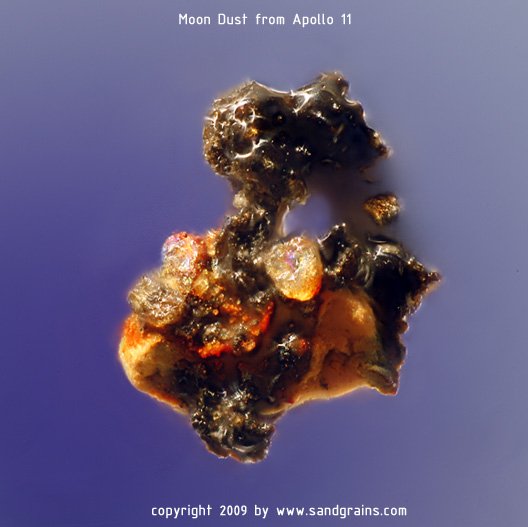


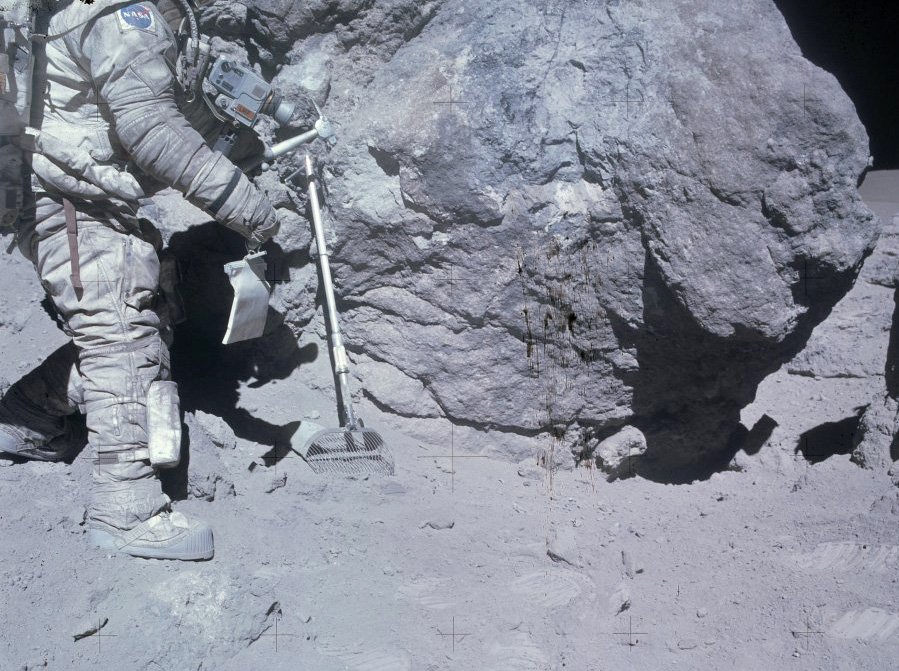
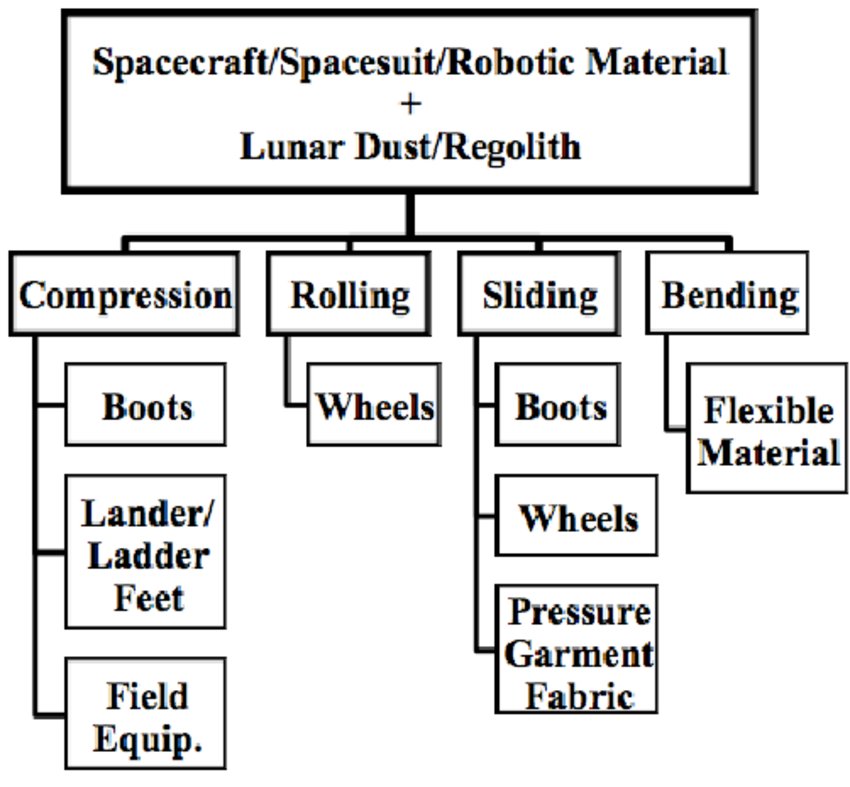 Most of lunar dust's danger is caused by the fact that it is extremely sharp and as hard as steel. It can cut into most materials, especially the lightweight ones optimized for spaceflight.
Most of lunar dust's danger is caused by the fact that it is extremely sharp and as hard as steel. It can cut into most materials, especially the lightweight ones optimized for spaceflight. 